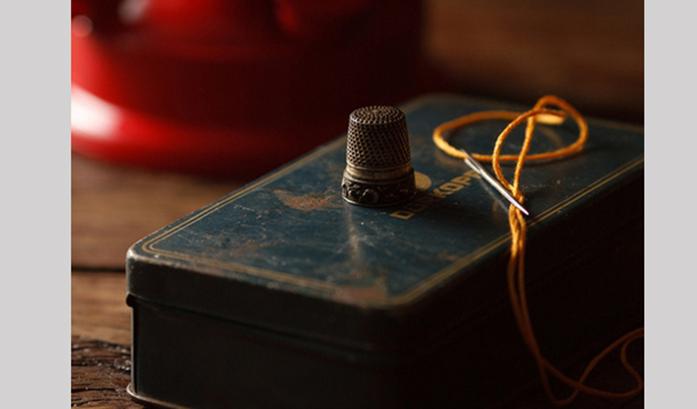This year’s Bette Spriesterbach Distinguished Lecturer, the artist Faith Ringgold, known best for her iconic, narrative-charged quilts, will be giving a talk today at 7 p.m. in Art Building West, room 240.
In We Flew Over the Bridge: The Memoirs of Faith Ringgold, she cites artist Jacob Lawrence and writer James Baldwin as the inspirations behind the painting, in 1963, of her first political collection, the American People Series. The paintings deal with race relations from the oft-neglected point of view of a woman.
“What I am interested in doing is showing the development of my work from the beginning,” Ringgold said in an interview with Andrew Russeth, conducted for Art News.
The quilts, which Ringgold began to produce in the 1980s, vary in subject, tackling everything from Michael Jackson’s “Bad” music video, to Ringgold’s weight loss, and Picasso, whom she also cites as a major inspiration.
“The powerful geometry of African masks and sculpture that informed Modern art is what I like best about Picasso, Matisse, and the other modern European masters I was taught to copy,” Ringgold said in an interview with Christine Kuan, published for Oxford Art Online. “It is their exquisite compositions of shape, form, color, and texture that make Picasso, Matisse and Jacob Lawrence’s work so wonderful.”
In the Oxford interview, Ringgold said her primary inspiration comes from those who rise above adversity.
“Like most people, I am also inspired by people who are the best they can be,” Ringgold said in the interview. “Although I love a beautiful vase of flowers, a sumptuous landscape or a sunset, I will not be moved to paint one of these without a meaningful personal reference that is also political.”
“One of the things that [is] extraordinary about [Ringgold’s] quilts in general, but this one in particular, is that it has these layers that intersect with each other,” Margaret C. Conrads, the Crystal Bridges Museum of American Art director of curatorial affairs said in the Art News interview. “There’s painting, quilt making, text—there’s high art, craft, figuration, abstraction, the visual aspects, narrative storytelling.”
— by Claire Dietz



